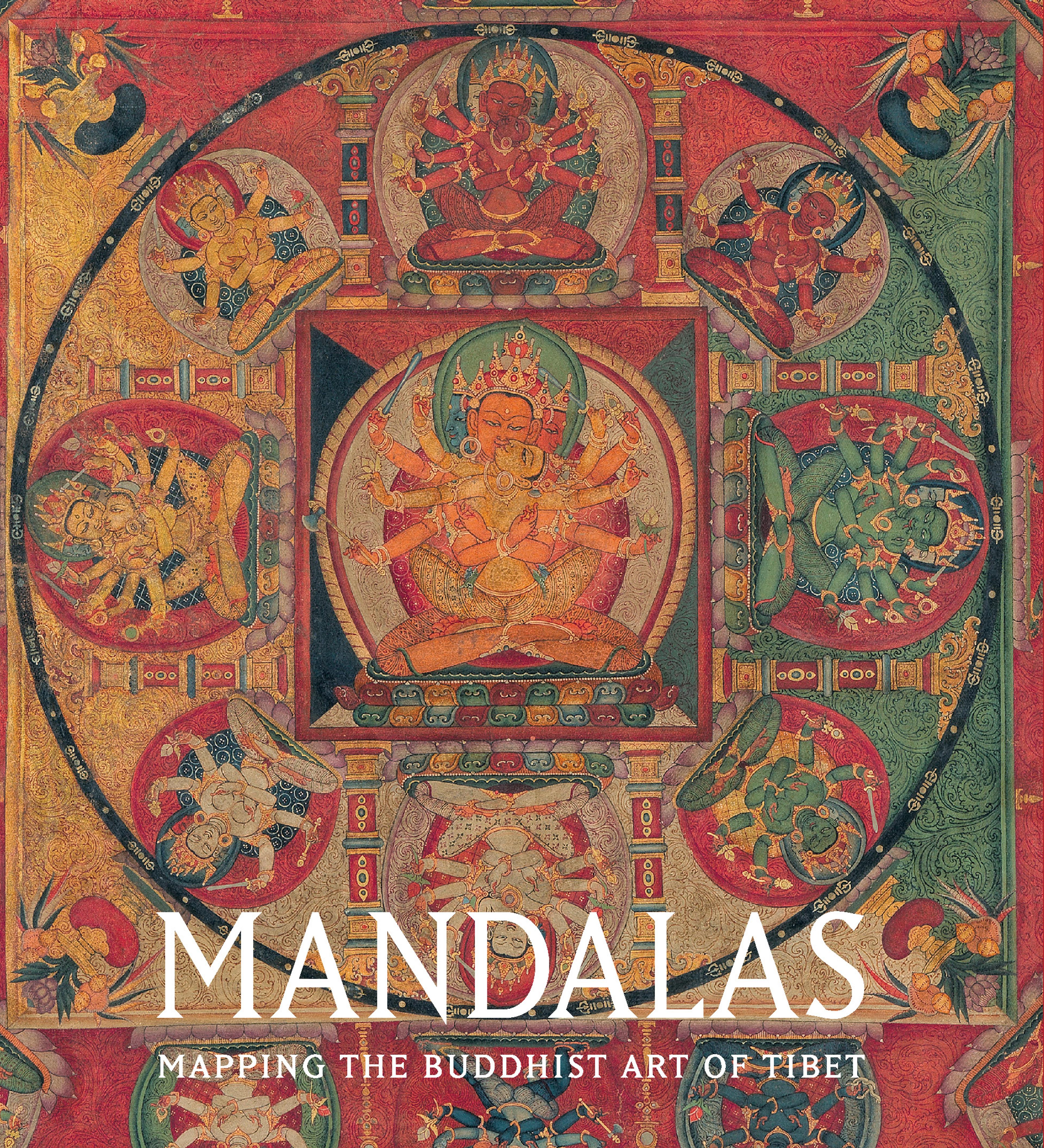Portrait of the Indian Monk Atisha
Atisha was the abbot of Vikramashila monastery in northern India, one of the mahaviharas (great monasteries) that granted the learned degree of pandita, here indicated by his yellow hat. In 1042, he traveled to Tibet at the invitation of the western Tibetan king Yeshe ‘Od to help purify Buddhist practices there. Atisha’s authority was rooted in his lineage, an unbroken chain of pupil-guru relationships going back to the Buddha himself. This portrait of Atisha, among the oldest preserved, shows him as an enlightened being with golden skin and a halo, seated on an elaborate jeweled throne. His right hand is held in the teaching gesture and he holds a bound palm-leaf manuscript in his left. The thangka can be dated from a contemporary inscription on the reverse naming known historical figures.
Artwork Details
- Title: Portrait of the Indian Monk Atisha
- Date: early to mid-12th century
- Culture: Tibet
- Medium: Distemper and gold on cloth
- Dimensions: Image: H. 19 1/2 in. (49.5 cm); W. 15/16 in. (35.4 cm)
Framed: H. 32 13/16 (83.3 cm); W. 21 11/16 in. (55.1 cm); D. 1 in. (2.5 cm) - Classification: Paintings
- Credit Line: Gift of Steven Kossak, The Kronos Collections, 1993
- Object Number: 1993.479
- Curatorial Department: Asian Art
More Artwork
Research Resources
The Met provides unparalleled resources for research and welcomes an international community of students and scholars. The Met's Open Access API is where creators and researchers can connect to the The Met collection. Open Access data and public domain images are available for unrestricted commercial and noncommercial use without permission or fee.
To request images under copyright and other restrictions, please use this Image Request form.
Feedback
We continue to research and examine historical and cultural context for objects in The Met collection. If you have comments or questions about this object record, please contact us using the form below. The Museum looks forward to receiving your comments.
